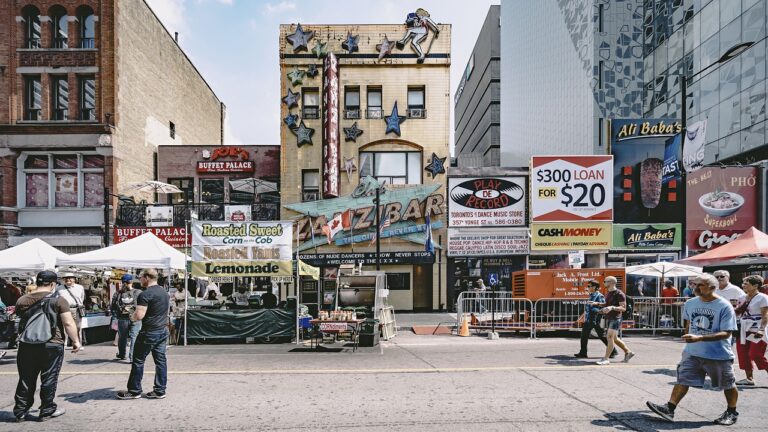Shopping for Experience: The Growth of Experiential Retail
Over the years, traditional retail experiences have undergone a significant transformation. Retailers are continuously adapting their approaches to cater to the changing preferences and expectations of consumers. The rise of e-commerce has undoubtedly been a driving force behind this evolution, pushing brick-and-mortar stores to innovate and enhance the overall shopping experience.
One notable change in retail experiences is the shift towards creating more experiential and personalized environments for customers. Brands are now focusing on creating immersive experiences that not only showcase their products but also engage and captivate shoppers on a deeper level. From interactive displays to pop-up shops and virtual reality experiences, retailers are finding creative ways to differentiate themselves and forge stronger connections with their target audience.
The Power of Immersive Environments
Immersive environments have revolutionized the way consumers engage with brands and products. Through the integration of cutting-edge technology and innovative design, retailers are able to create captivating experiences that resonate with customers on a deeper level. These immersive spaces transport individuals into a world where they can interact with products, services, and storytelling in a way that is both memorable and impactful.
The ability of immersive environments to evoke genuine emotions and create lasting impressions is a key factor driving their popularity in the retail industry. By appealing to multiple senses and capturing the attention of customers, immersive experiences have the power to enhance brand loyalty and influence purchase decisions. Retailers that invest in creating immersive environments not only differentiate themselves from competitors but also establish a strong emotional connection with consumers that goes beyond traditional shopping experiences.
What are immersive environments?
Immersive environments are physical or digital spaces that fully engage the senses and create a feeling of being fully surrounded by a certain environment or experience.
How can immersive environments be beneficial for businesses?
Immersive environments can enhance customer experience, increase engagement, drive sales, and create memorable moments for customers.
What are some examples of immersive environments in retail?
Examples of immersive environments in retail include virtual reality experiences, interactive displays, themed pop-up stores, and sensory-rich environments that stimulate all five senses.
How can businesses create immersive environments?
Businesses can create immersive environments by incorporating elements such as interactive technologies, themed decor, ambient lighting, captivating soundscapes, and engaging experiences that transport customers to a different world.
How do immersive environments contribute to the evolution of retail experiences?
Immersive environments offer a unique way for businesses to differentiate themselves in a competitive market, create memorable experiences for customers, and foster emotional connections that drive loyalty and repeat business.





